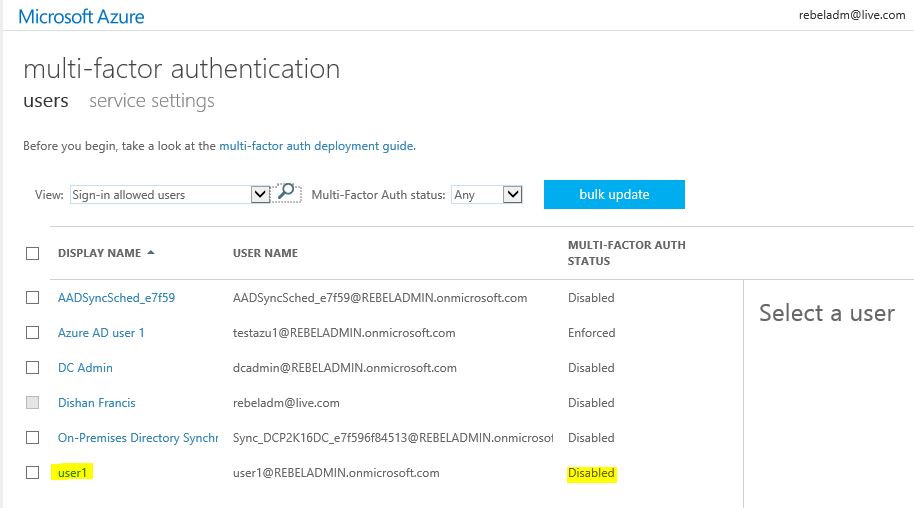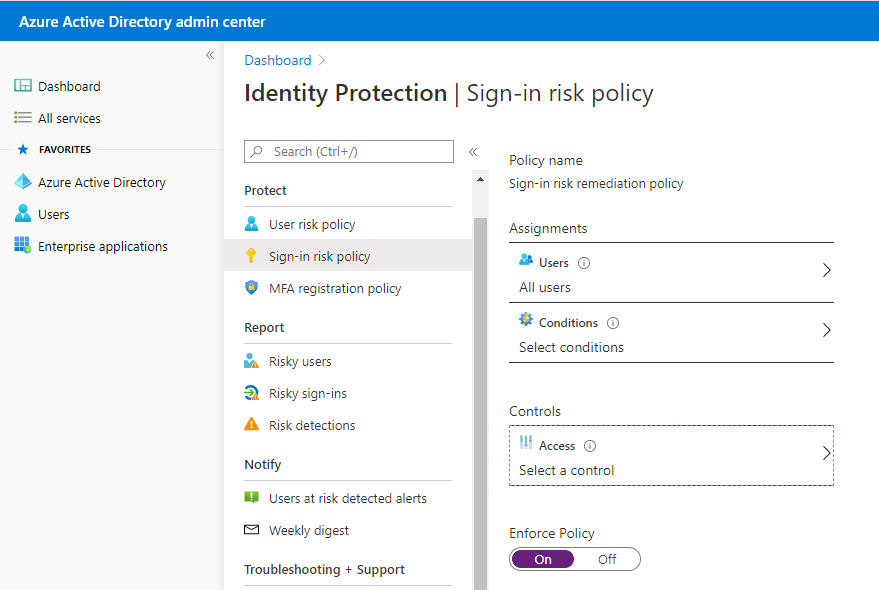

Select All Users and then select New User:Īt the top corner, click on your user. If you do not have an AAD user, you need to create a new one. To do that, in the Portal, go to more services>User and Groups: We will connect to this Azure SQL server using the AAD user later : In the web Portal, we have a database named sqlshack and an Azure Server whose name is. How to automate Azure Active Directory (AAD) tasks using the Cloud Shell.Working with Azure Active Directory and Azure SQL Database.

If you want to get more information about Azure Active Directory, we recommend reading our articles on this topic: We will create an Active Directory user in Azure. SQL Server Management Studio (SSMS) version 17.2 installedĪ firewall activated to connect SSMS to Azure SQL Server. Login with SSMS using the user created (specify your password and cell phone SMS code)Ī SQL Database in Azure (check out our previous article Working with Visual Studio and SQL Azure databases to create the database) In this demonstration, we will show how to authenticate in SSMS using the Active Directory Universal – MFA authentication.Ĭreate an Active Directory user (AD user)Īdd the user as an Azure SQL Administrator With MFA, you do not need to install third party security solution, SSL Certificates or other more complex security solutions.

Another option is to install an app to verify your password. For example, you can authenticate with a login and password, and, receive a code on your cell phone to increase the security and makes it harder to hack your data. That way, you have a more secure authentication and prevent your Azure Portal or applications to be easily attacked by hackers or other malicious users. This is a secure method for authentication where you have more than one method to validate your authentication. The new SSMS 17.2 allows users to authenticate using Active Directory with Multi-Factor Authentication (MFA).


 0 kommentar(er)
0 kommentar(er)
